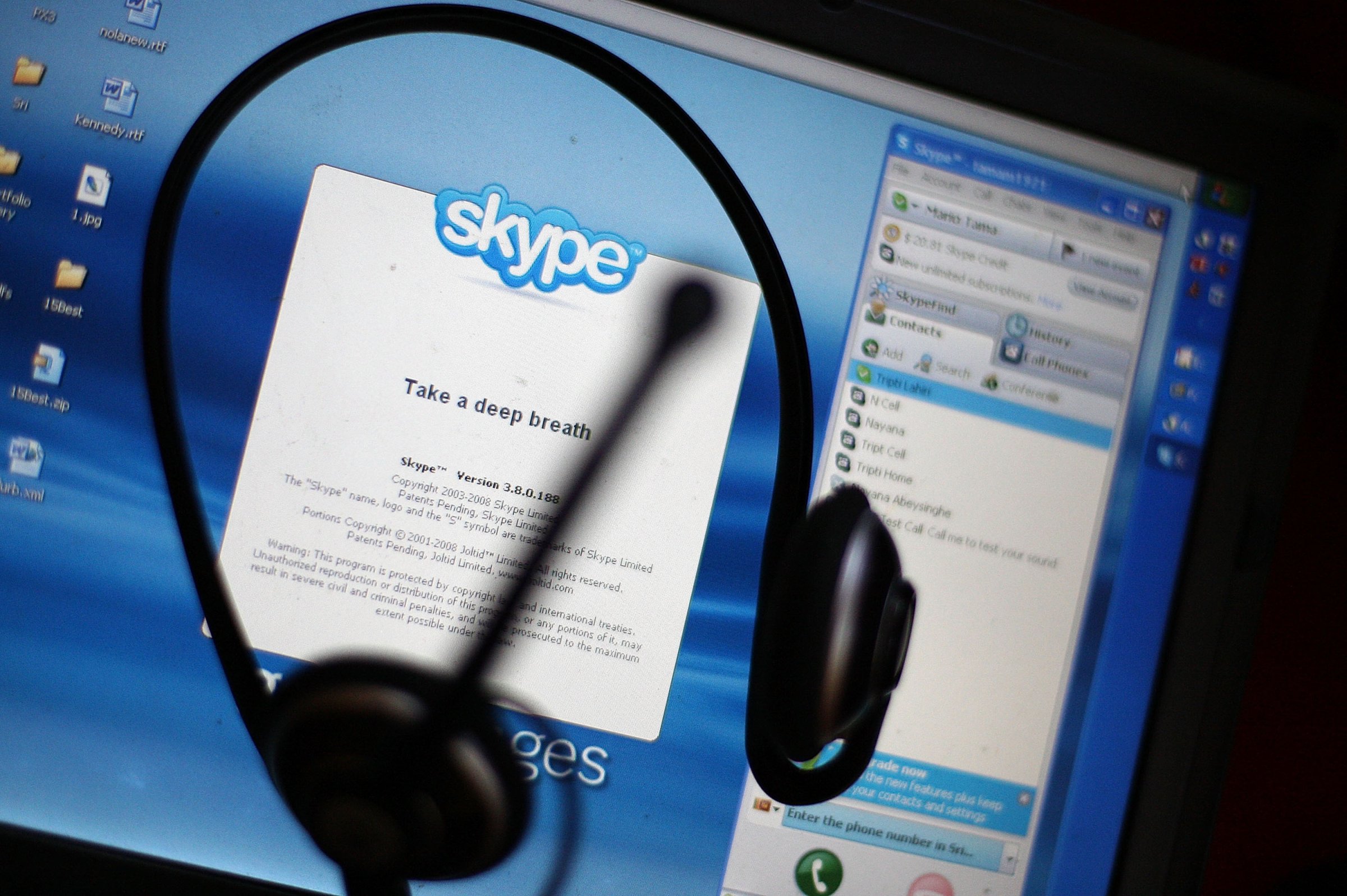
Microsoft’s Skype Translator, designed to automatically translate conversations between speakers of two languages in real-time, is far from flawless. In fact, sometimes it’s unintentionally hilarious. But for all of its botched words, delayed responses, and its curious ability to recognize “Kim Kardashain” but not “Kanye West,” there’s no denying that it works.
Skype Translator is in fact a package of four technological feats stitched together into one experience. First it transcribes spoken words into text, which is displayed in a running feed alongside the video conference. Next it prunes out the “um’s” and “ah’s” and repetitious words from the conversation, while adding punctuation to the written record. Then it translates the text and finally reads it aloud to the end user. In total, the program takes roughly four seconds to clear all of these hurdles — to varying degrees of success.
I got the chance to try Skype Translator Monday at Building 99, Microsoft’s research hub in Redmond, Washington. It stumbled right out of the gate when I introduced myself to Karin Nova, a professional translator in Slovakia who was contracted by Microsoft to demonstrate the software.
“Hi, nice to meet you,” I said to Nova, “I’m Dan.” The program, thrown by the proper name, told Nova that I was “down.” In fact, it had an insistent habit of translating names into similar-sounding words. Our brief discussion about the the marriage of Kim Kardashian and Kanye West translated the first name flawlessly, but Kanye West was alternatively transcribed as “Conde West” and “con you whilst.”
Surprisingly, Skype Translator does better with longer sentences, thanks to the extra context clues. Nova’s explanation of how frequently she uses Skype Translate came through without a hitch. “I think that I don’t know the exact number,” came her translated response, “but over the last few months. Five a week surely.”
That awkward period breaking apart her last sentence highlights one of the Skype team’s trickiest challenges: How to get punctuation in its proper place. That’s a surprisingly essential feature — fragmented sentences require several readings to make any sense.
Top 10 Tech Product Designs of 2014


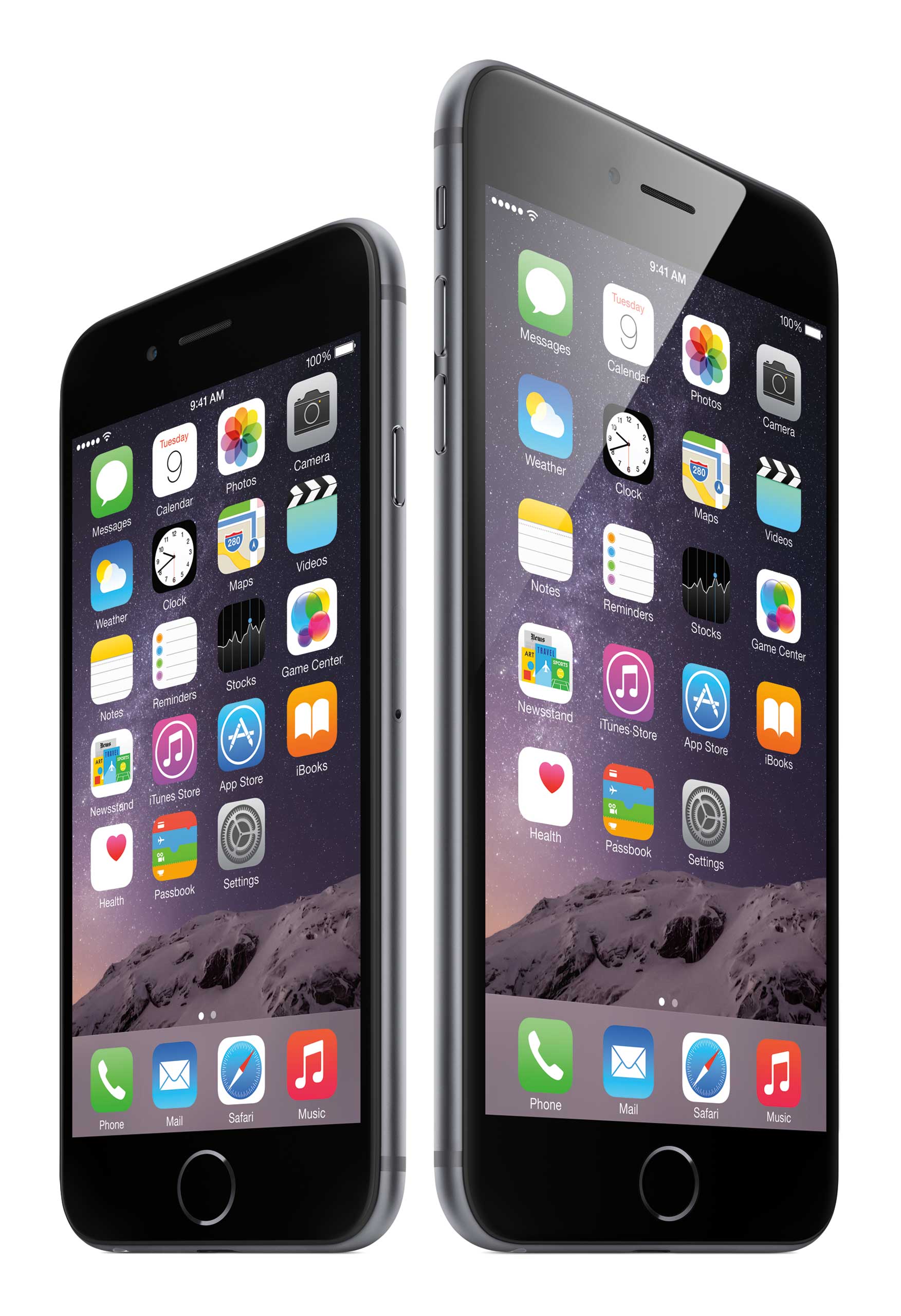
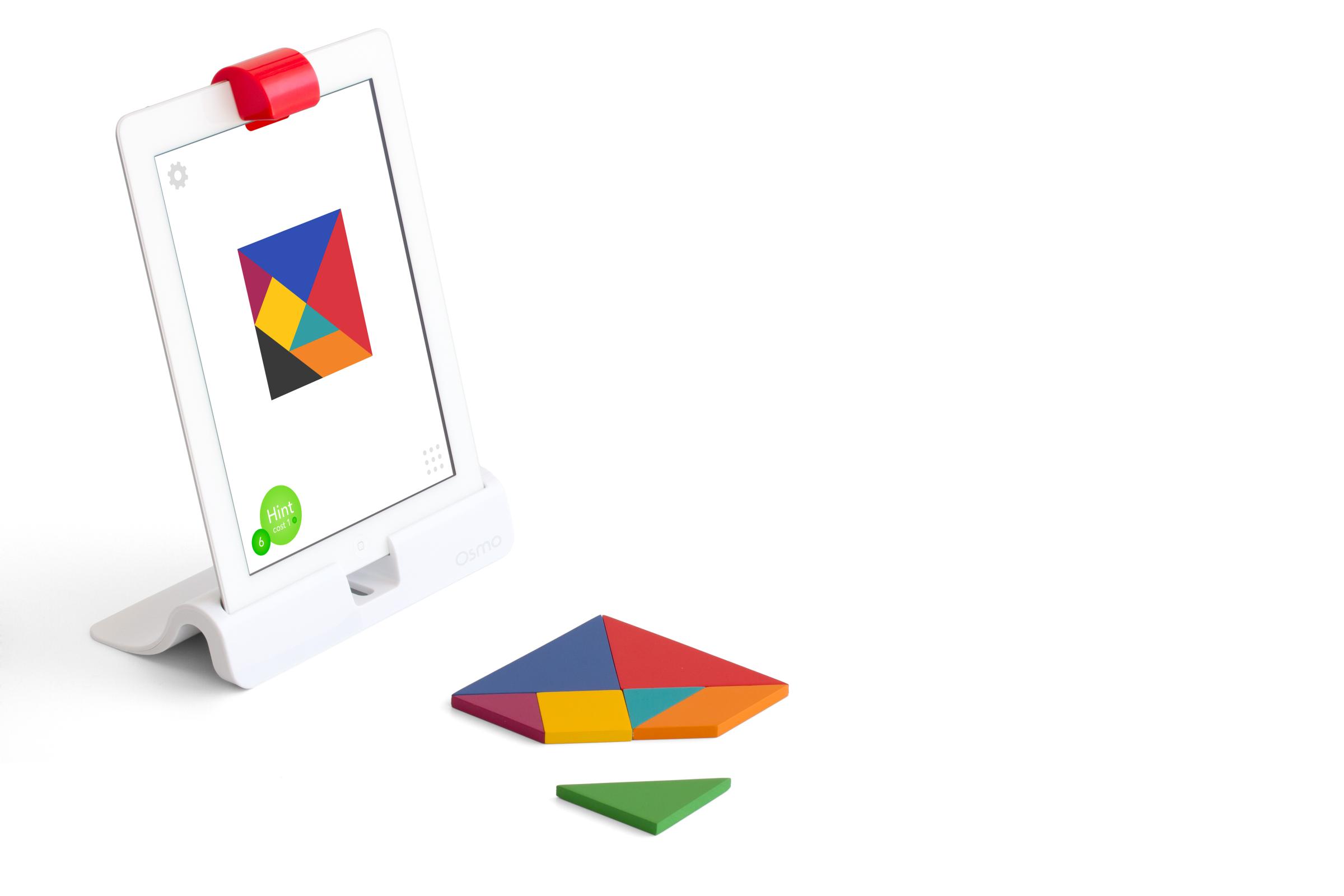


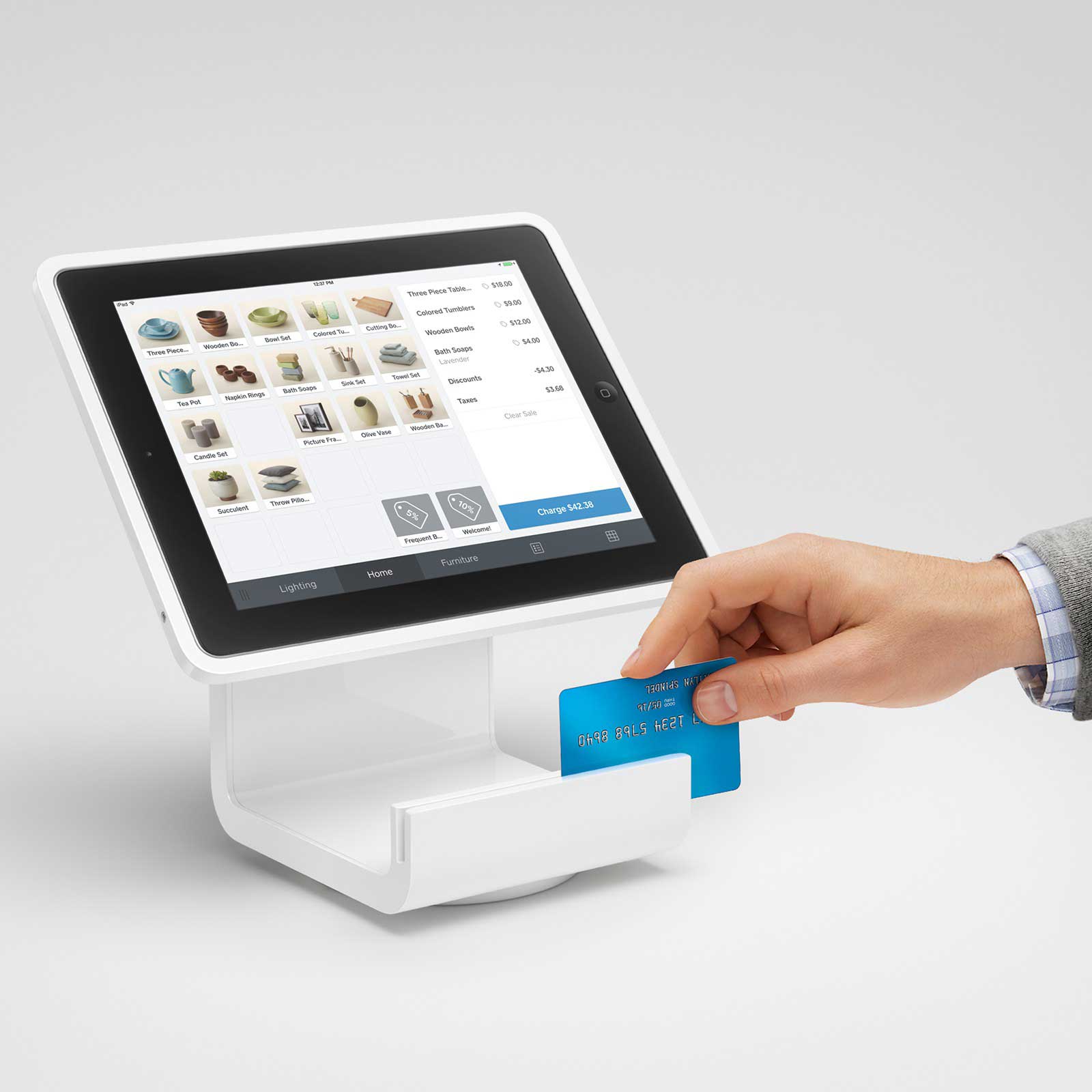

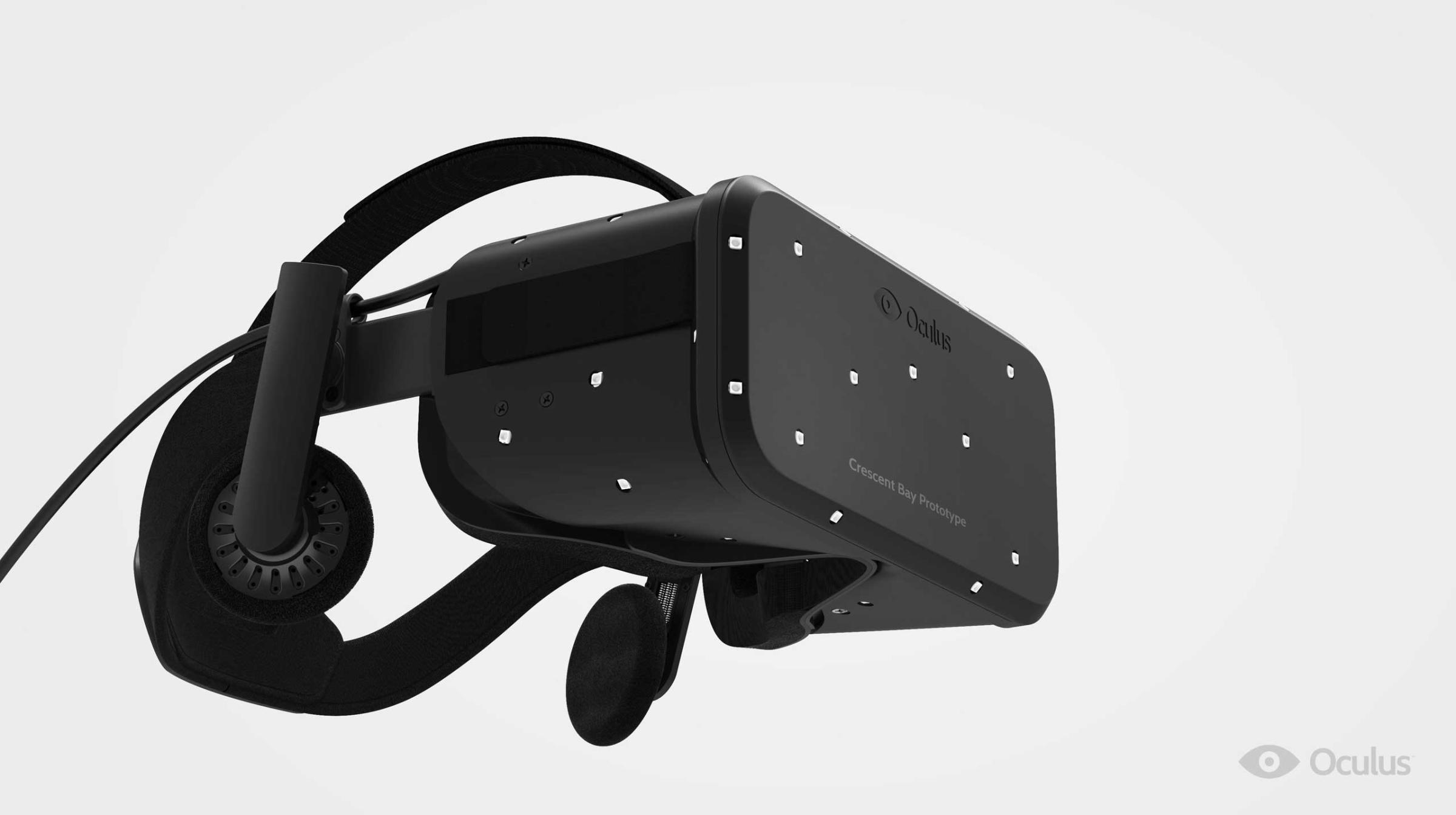
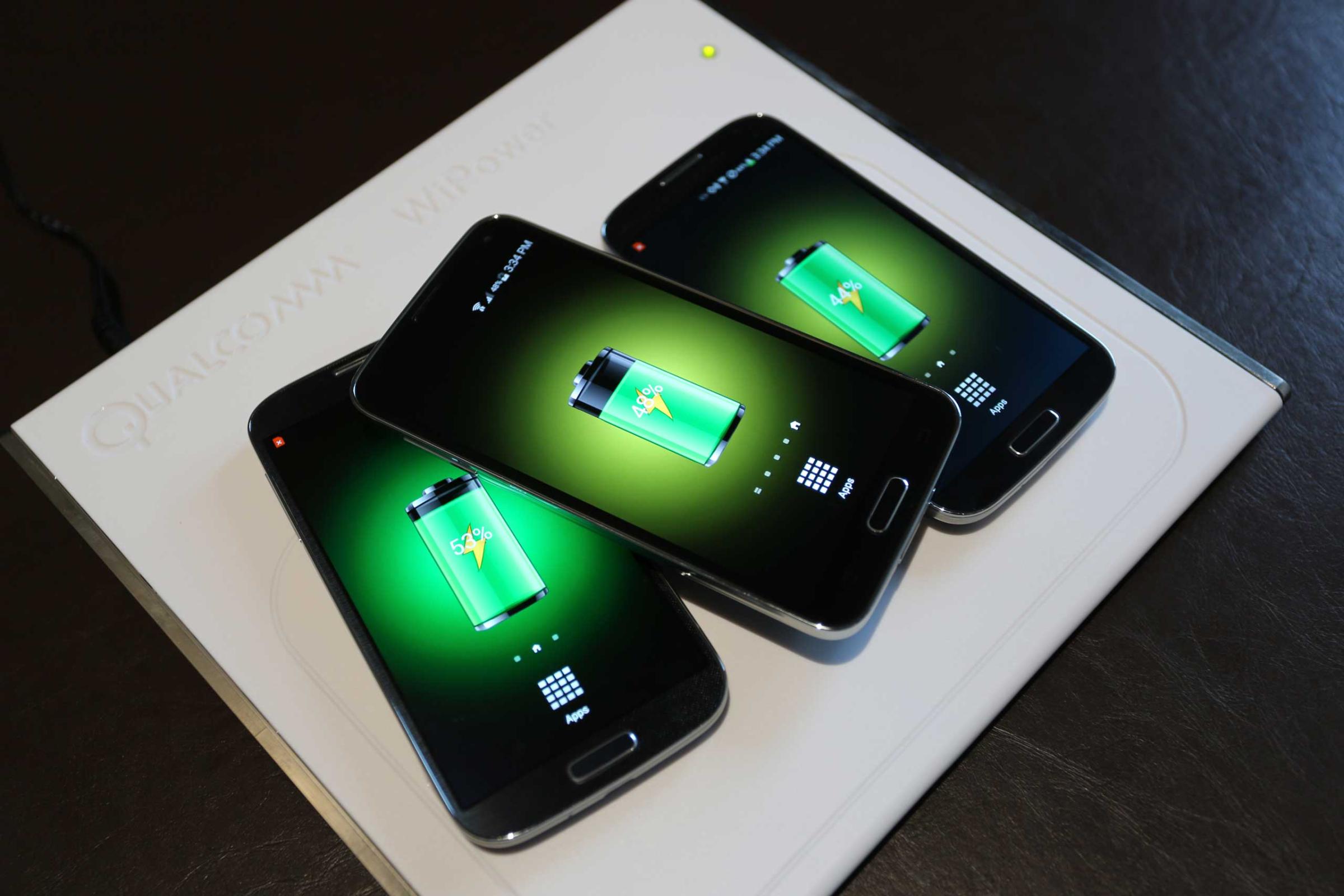
The program also includes a profanity filter, that, when switched on, discreetly mutes curse words. My attempts to slip an obscenity past Skype’s filter failed. Novak, who’s fluent in nine languages, politely smiled at each juvenile attempt to trick the system.
But most often, the translations fell somewhere between awkward and comprehensible. I know Novak was eager to visit New York City — that much was clear when she said, “I want to meet all of New York City and I want to attach it with a concert of a group I like.” From that, I also gathered she probably wants to see a concert during her visit.
Usually any confusion can be cleared up with a follow-up question. The result is a conversation that requires a few extra sentences of clarification, but the meaning eventually comes through intact. And that’s where the promise of this technology becomes apparent — Skype Translator is far from eliminating language barriers, but it has already lowered them considerably.
That raises a sensitive subject for professional translators like Novak: Does she feel threatened by this technology? “Not yet,” was her translated response, “and in the future I think. The machine of humans, they can work together.”
More Must-Reads from TIME
- Donald Trump Is TIME's 2024 Person of the Year
- Why We Chose Trump as Person of the Year
- Is Intermittent Fasting Good or Bad for You?
- The 100 Must-Read Books of 2024
- The 20 Best Christmas TV Episodes
- Column: If Optimism Feels Ridiculous Now, Try Hope
- The Future of Climate Action Is Trade Policy
- Merle Bombardieri Is Helping People Make the Baby Decision
Contact us at letters@time.com